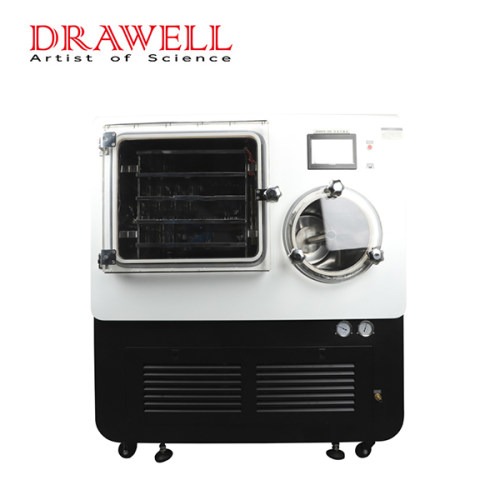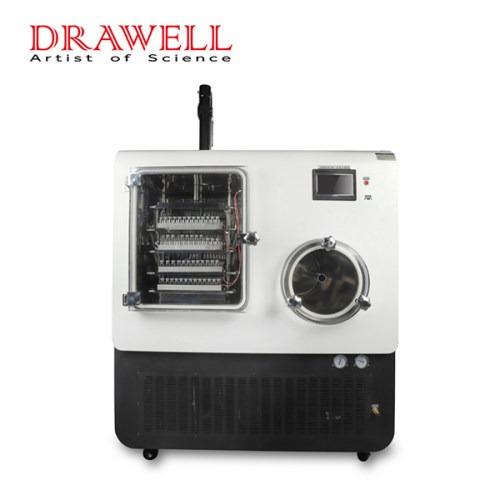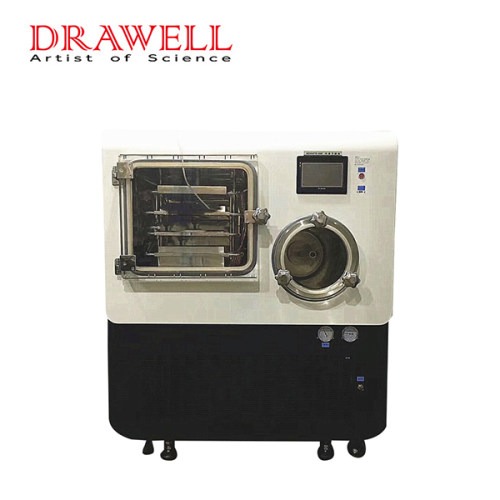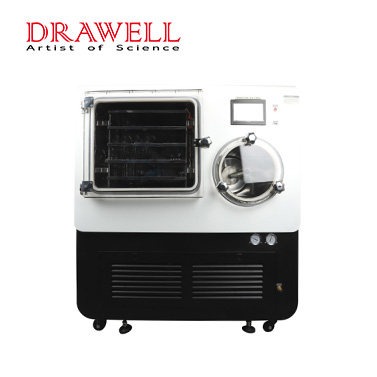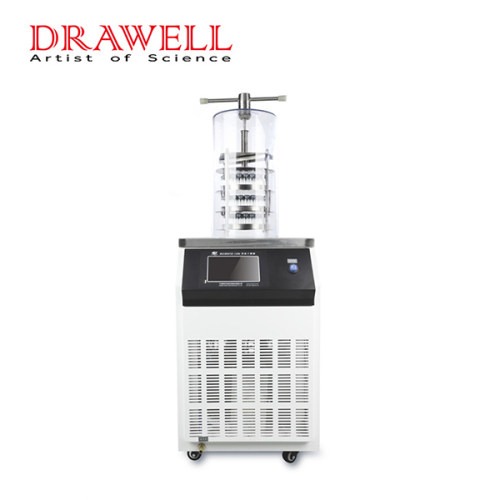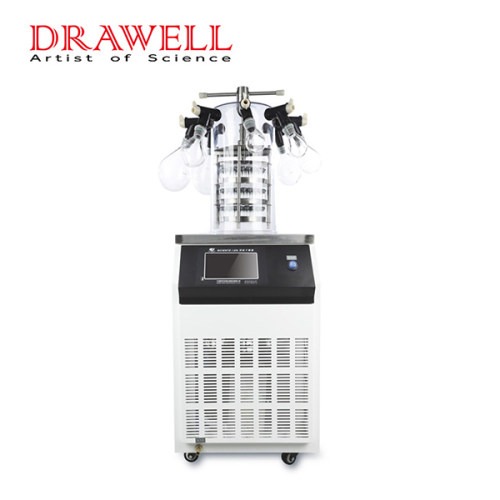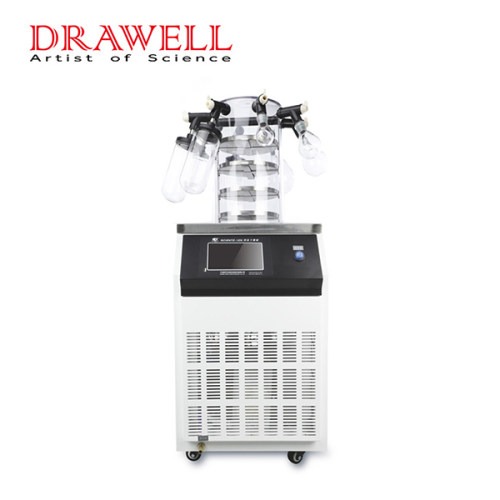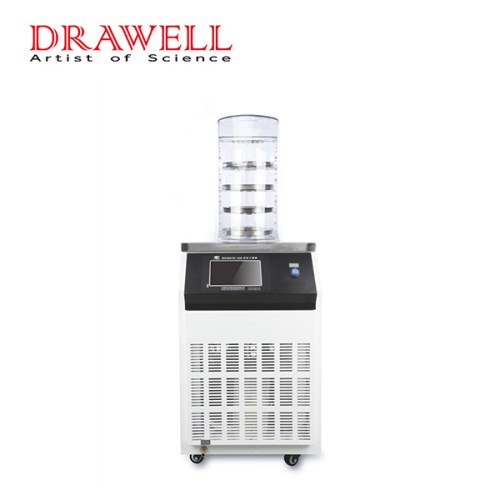Drying is a crucial step in numerous laboratory applications, from preserving biological samples to preparing materials for analysis. By removing moisture, drying prevents degradation, increases stability, and concentrates analytes for further study. This article delves into two prominent drying techniques – Freeze Drying and Vacuum Drying – exploring their mechanisms, advantages, and limitations to guide you in selecting the optimal method for your specific needs.
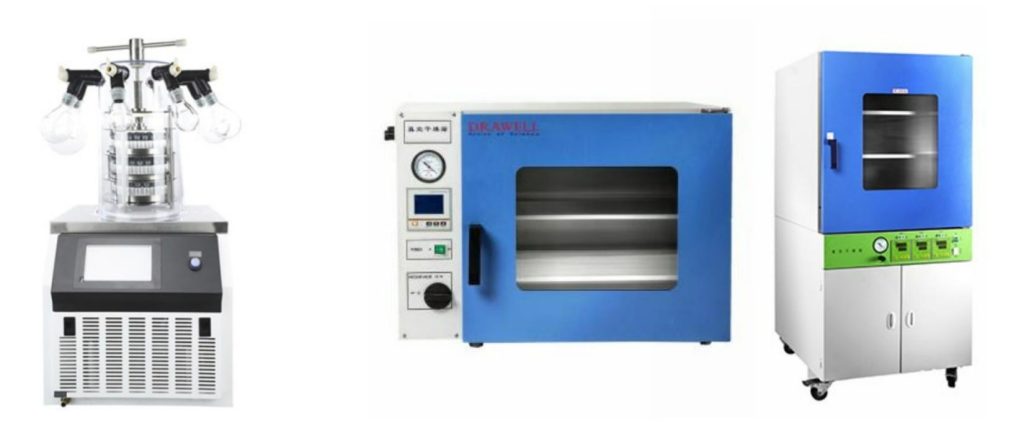
Why Using Drying Technique in Laboratory Researchs?
Imagine isolating a rare protein for future research or preserving delicate plant tissues for microscopic examination. Both scenarios necessitate meticulous sample drying to ensure their integrity and long-term viability. This is where specialized drying techniques like Freeze Drying and Vacuum Drying come into play.
Freeze Drying and Vacuum Drying achieve dehydration through distinct mechanisms. Freeze Drying, also known as lyophilization, excels in preserving sensitive materials by gently removing water, while Vacuum Drying offers a faster and more economical alternative for less delicate samples. Choosing the right technique hinges on the properties of your sample and the desired outcome.
What are Freeze Drying and Vacuum Drying?
Freeze Drying Processes:
- Freezing: Samples are rapidly frozen at very low temperatures (often exceeding -80°C) to solidify the water content as ice crystals.
- Sublimation: Under a high vacuum, ice directly transforms into water vapor, bypassing the liquid phase, thereby minimizing structural disruptions.
- Condensation: The vaporized water is trapped on a condenser kept colder than the samples, ensuring efficient removal.
Tipical Machines for Freeze Drying
Freeze Dryer: This versatile machine features a vacuum chamber, condenser, and refrigeration unit. Samples are placed on shelves within the chamber, which is then evacuated (reducing pressure) and cooled to extremely low temperatures (-40°C to -80°C). The condenser, typically kept even colder (-60°C to -80°C), captures the sublimated water vapor as ice, effectively removing moisture from the samples.
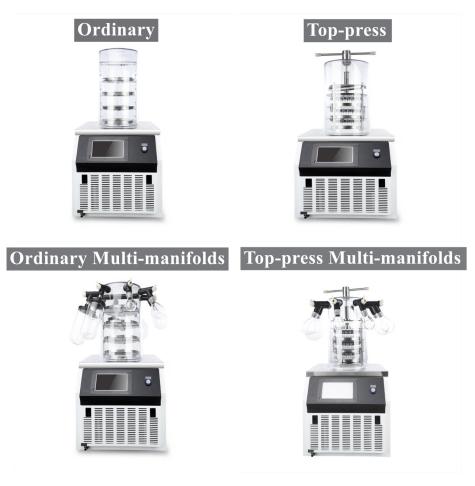
Vacuum Drying Processes:
- Heating: Samples are placed under a vacuum and exposed to moderate heat (typically below 100°C).
- Evaporation: The reduced pressure lowers the boiling point of water, causing it to evaporate at lower temperatures, thereby facilitating drying.
- Collection: The evaporated water vapor is either collected in a condenser or pumped out of the system.
Tipical Machines for Vacuum Drying
Vacuum Drying Oven: This apparatus consists of a heated chamber connected to a vacuum pump. Samples are placed on shelves inside the chamber, which is then evacuated and heated to moderate temperatures (typically 40°C to 100°C). The reduced pressure lowers the boiling point of water, enabling evaporation at lower temperatures and faster drying.
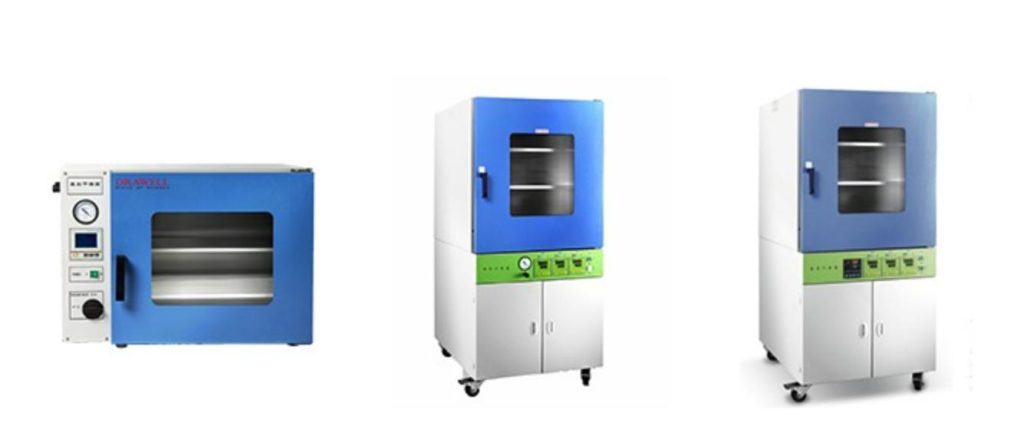
Comparison of Pros and Cons
| Feature | Freeze Drying | Vacuum Drying |
| Sample suitability | Sensitive biological samples, enzymes, pharmaceuticals, food products | Heat-stable materials, chemicals, inorganic compounds |
| Preservation | Excellent, maintains structure, minimizes chemical reactions | Moderate, may cause shrinkage, denaturation |
| Drying time | Long (hours to days) | Relatively short (minutes to hours) |
| Cost | High, specialized equipment required | Lower, simpler equipment |
| Energy consumption | High, due to refrigeration and vacuum maintenance | Lower, less energy-intensive process |

Choosing the Right Technique
The ideal drying technique depends on several factors:
- Sample sensitivity: For delicate samples prone to degradation at high temperatures or under vacuum stress, Freeze Drying is the preferred choice.
- Desired outcome: If preserving original structure and bioactivity is paramount, Freeze Drying is often superior. However, if the focus is on rapid drying and cost-effectiveness, Vacuum Drying might be suitable.
- Sample volume and throughput: Freeze Drying typically takes longer and handles smaller sample volumes compared to Vacuum Drying.

Conclusion
In the bustling laboratory, where knowledge blossoms from meticulously preserved samples, choosing the optimal drying technique is a crucial step. From safeguarding the intricate structures of biomolecules in a Freeze Dryer to efficiently extracting moisture from hardy materials in a Vacuum Oven, each technique possesses its own strengths and limitations.
Understanding these nuances empowers you, the researcher, to confidently navigate the world of dehydration. Consider the sensitivity of your samples, the desired outcome, and the resources available. For precious, heat-sensitive materials, consult with an experienced Freeze Dryer supplier to explore cutting-edge technology that preserves your specimens while minimizing stress. Conversely, when speed and cost-effectiveness are paramount, seek guidance from a Drying Oven supplier to identify the perfect apparatus for rapid, reliable results.

